Nonprofit Leadership: Using Data for Better Decision-Making
The Charity CFO
MARCH 22, 2024
Types of Data for Nonprofits The types of data a nonprofit might use for decision-making can vary between organizations. Most nonprofits will use at least one of three types of data: Financial data: Financial data includes any data relating to the finances of the organization, such as revenue or expense data.

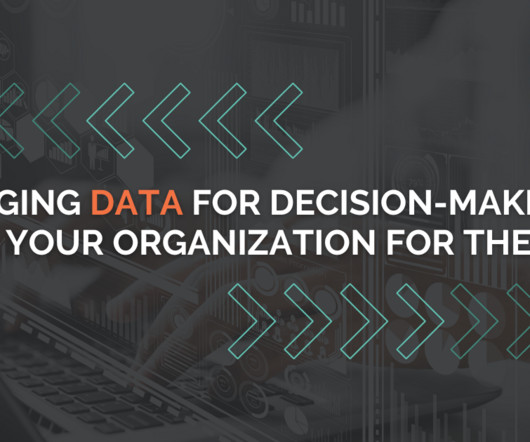

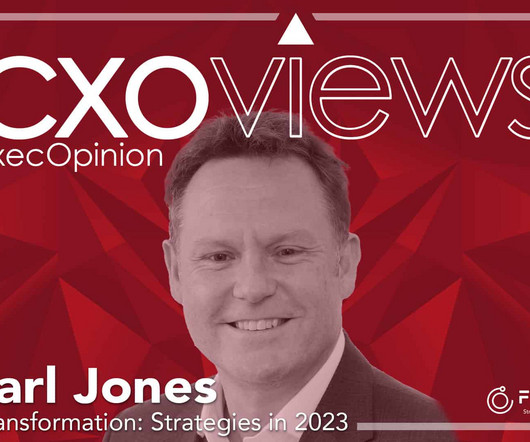


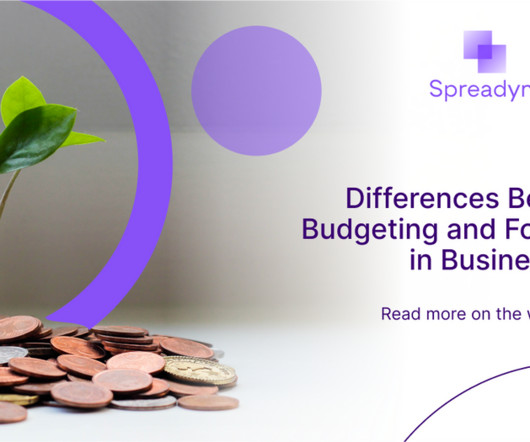
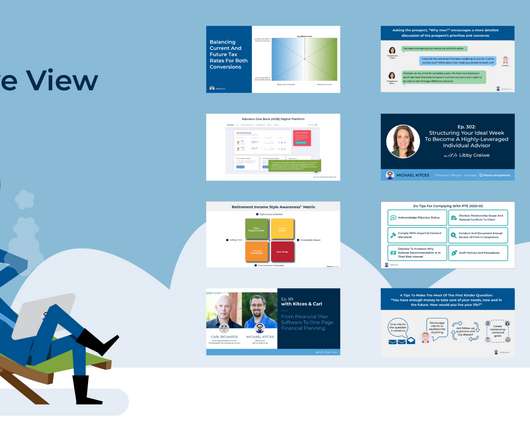
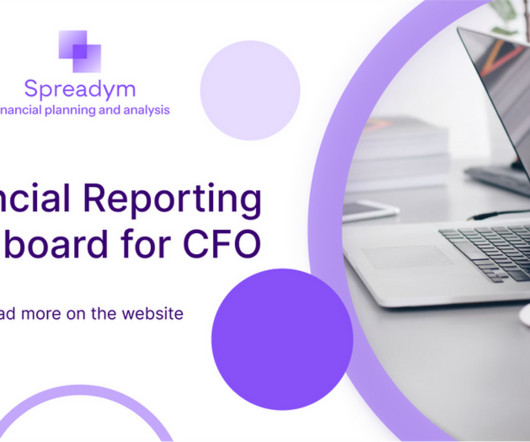













Let's personalize your content